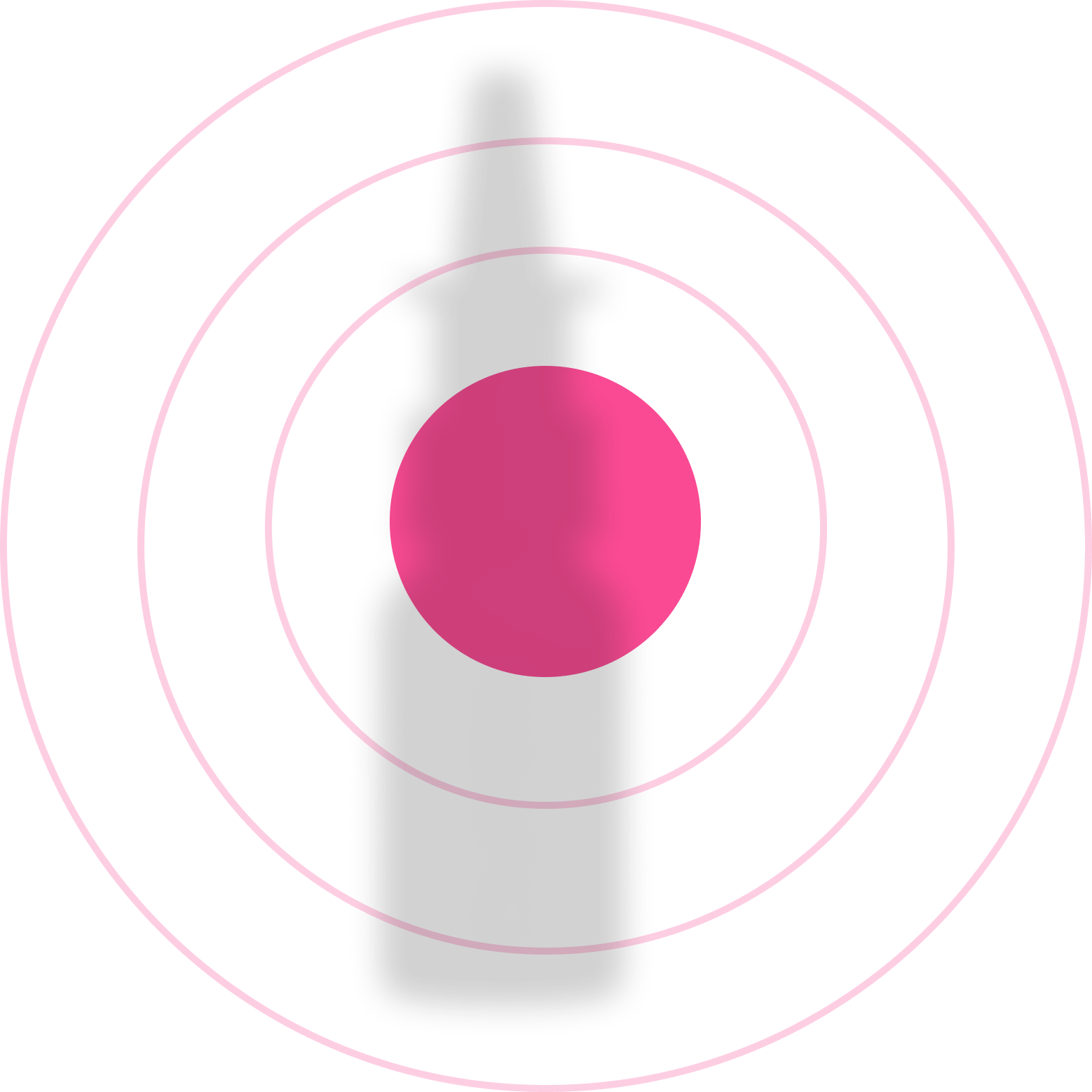
A modern clinic for at-home treatments
(857) 240-1080
Take Quiz
Get started with the most affordable immunotherapy for only $49 $9.99
Discount applied at checkout.


Curex does not treat this allergen










Dr. Chet Tharpe, M.D..
Updated May 3, 2025
People with a Maple pollen allergy might experience a runny or stuffy nose. This symptom is characterized by a continuous flow of mucus from the nose or a congested, blocked nasal passage which is often difficult to clear.
Another common symptom is watery, itchy or red eyes. The pollen can cause an allergic reaction resulting in discomfort and inflammation of the eyes, with persistent itching and watering.
Sneezing is a common symptom of a Maple pollen allergy. This reflex action, designed to expel allergens from the nasal cavity, can occur in rapid, occasional or constant sequences.
An itchy throat or ears is another symptom. The allergy can cause an unceasing itchiness in these areas, which can lead to additional complications if not managed properly.
Coughing, a symptom facilitating the removal of foreign particles, irritants or excess mucus from the lungs and throat, may persist in those affected with Maple pollen allergy.
Fatigue or tiredness also affects those with this type of pollen allergy. The immune system’s reaction to the allergen, combined with other symptoms, can lead to a feeling of being overtired or weak.
Recognize your symptoms?

If you suspect that you have an allergy to Maple pollen, it is crucial to recognize the common symptoms of pollen allergies and identify exposure to Maple pollen specifically. Follow the steps outlined below for identification.
Identify Common Maple Pollen Allergy Symptoms
Assess Potential for Exposure to Maple Pollen
Get a Medical Diagnosis
Remember, only an allergist or doctor can confirm whether you have a Maple pollen allergy. If you think you may be allergic, it's critical to schedule an appointment for an accurate diagnosis.



.jpg)
Don't wait until next season. Start now and enjoy a life free from allergies!
Am I eligible?




The Maple tree pollen count is usually high during early mornings and evenings. Try to avoid outdoor activities during these times especially on windy and dry days when the pollen count tends to be at the highest. If it is necessary to go outside, opt for wearing sunglasses or other eye protection to prevent pollen contact with your eyes. Consider wearing a mask if the pollen count is significantly high.
Investing in HEPA (High Efficiency Particulate Air) filters or air purifiers can greatly reduce the amount of Maple tree pollen in your indoor environment. They work by trapping microscopic particles like pollen, thus preventing it from circulating in the air you breathe. Regularly changing filters on air-conditioners and heaters can also ensure lesser pollen indoors.
Regular cleaning of your living spaces can keep the pollen levels in check. Vacuuming frequently and dusting with a damp cloth can trap pollen instead of stirring it up in the air. Likewise, washing your bedding often in hot water can eliminate any pollen that may have accumulated there.
Wearing long-sleeved shirts, long pants, and a hat when going outside can prevent pollen from coming into contact with your skin and hair. Changing and washing clothes immediately after coming indoors can reduce the chances of dragging pollen into your home. Regular showers, especially before sleep, can also help in removing any pollen that may have stuck to your body or hair.
Ready to forget about allergy hassles? Try immunotherapy!

Review your allergy test results with a Curex allergist.

Maple Trees and Allergic Reactions
Maple Pollen Allergenic Potency
Cross-Reactivity with Maple Pollen
Have questions left?
Take our quiz and get a personalized consultation!

Treatment prescribed
by clinician


Clinicaly made allergen extracts are customized for your allergies


Your immune system gets desensitized to allergens, giving you long-term relief.
Get started with the most affordable immunotherapy for only $49 $9.99
Discount applied at checkout.


Learn how to spot, treat, and prevent maple pollen allergy. Get expert tips on symptoms, diagnosis, diet, and avoidance.










Dr. Chet Tharpe, M.D..
Updated July 9, 2025
gr.
Carbohydrates
gr.
Sugar
gr.
Fats
gr.
Proteins
Calories
People with a Maple pollen allergy might experience a runny or stuffy nose. This symptom is characterized by a continuous flow of mucus from the nose or a congested, blocked nasal passage which is often difficult to clear.
Another common symptom is watery, itchy or red eyes. The pollen can cause an allergic reaction resulting in discomfort and inflammation of the eyes, with persistent itching and watering.
Sneezing is a common symptom of a Maple pollen allergy. This reflex action, designed to expel allergens from the nasal cavity, can occur in rapid, occasional or constant sequences.
An itchy throat or ears is another symptom. The allergy can cause an unceasing itchiness in these areas, which can lead to additional complications if not managed properly.
Coughing, a symptom facilitating the removal of foreign particles, irritants or excess mucus from the lungs and throat, may persist in those affected with Maple pollen allergy.
Fatigue or tiredness also affects those with this type of pollen allergy. The immune system’s reaction to the allergen, combined with other symptoms, can lead to a feeling of being overtired or weak.
Recognize your symptoms?

Maple pollen, known for its allergenic properties, primarily grows during the American spring season. The growth typically starts in the early spring months such as February and March and continues until the late spring or early summer months like May or June. The exact timing, however, can vary based on local climate and weather patterns.
Early Spring Growth
Middle and Late Spring Growth
End of Growth Period



.jpg)
Don't wait until next season. Start now and enjoy a life free from allergies!
Am I eligible?



Review your allergy test results with a Curex allergist.

Treatment prescribed
by clinician


Clinicaly made allergen extracts are customized for your allergies


Your immune system gets desensitized to allergens, giving you long-term relief.
Get started with the most affordable immunotherapy for only $49 $9.99
Discount applied at checkout.


Learn how to spot, treat, and prevent maple pollen allergy. Get expert tips on symptoms, diagnosis, diet, and avoidance.










Dr. Chet Tharpe, M.D..
Updated July 9, 2025

Another common symptom is watery, itchy or red eyes. The pollen can cause an allergic reaction resulting in discomfort and inflammation of the eyes, with persistent itching and watering.

Maple pollen, known for its allergenic properties, primarily grows during the American spring season. The growth typically starts in the early spring months such as February and March and continues until the late spring or early summer months like May or June. The exact timing, however, can vary based on local climate and weather patterns.
Early Spring Growth
Middle and Late Spring Growth
End of Growth Period

People with a Maple pollen allergy might experience a runny or stuffy nose. This symptom is characterized by a continuous flow of mucus from the nose or a congested, blocked nasal passage which is often difficult to clear.



Don't wait until next season. Start now and enjoy a life free from allergies!
Am I eligible?



Review your allergy test results with a Curex allergist.

Treatment prescribed
by clinician


Clinicaly made allergen extracts are customized for your allergies


Your immune system gets desensitized to allergens, giving you long-term relief.

Maple pollen, known for its allergenic properties, primarily grows during the American spring season. The growth typically starts in the early spring months such as February and March and continues until the late spring or early summer months like May or June. The exact timing, however, can vary based on local climate and weather patterns.
Early Spring Growth
Middle and Late Spring Growth
End of Growth Period

It’s a physician-prescribed, custom-compounded formula designed to target all your nasal symptoms at once — congestion, runny nose, post-nasal drip, sneezing, and more.

Formulated by doctors and pharmacologists and backed by clinical research, Quickie combines five powerful ingredients into one easy spray.

Typical prescription may include the following ingredients: Azelastine HCL 0.15%, Mometasone Furoate 0.05%, Oxymetazoline HCL 0.0125%, Ipratroprium 0.06%, Sodium Hyaluronate 0.04%.
Straight to the source. That’s Curex


Quickie is a compounded prescription medication, prepared by a licensed pharmacy. It is not reviewed or approved by the FDA. It is prepared based on your provider’s evaluation of your symptoms and needs. Individual results may vary.

Lauren S.
No longer having to go the doctor's office a few times a week for painful shots.
Tony P.
I have done allergy shots in the past but found it pretty inconvenient to go every week. I really like the ease as compared with physically going to the doctors office.

Robert S.
The treatment is much less expensive than a course of allergy shots at a doctor's office and eliminates numerous trips to the doctor's and all the waiting time.
Janie L.
My seasonal allergies were much less severe than years prior. Most importantly, the convenience of taking drops in my own home is unbeatable.

Most patients feel relief within 15 minutes. We have both short-term relief ingredients as well as longer-term relief to keep you feeling better, longer. Some say it’s like turning off their allergies.
Sneezing runny nose, nasal congestion, post-nasal drip, sinus pressure, itchy nose. Great for outdoor allergies, indoor dust, or when pollen spikes unexpectedly.
No, this formula uses a microdose of oxymetazoline, balanced with anti-inflammatory and moisturizing ingredients to reduce the risk of rebound congestion. Clinical studies over the last decade show that when oxymetazoline is combined with a corticosteroid, it can be used safely over the long term without causing rebound symptoms.
Quickie Spray combines up to five prescription-strength ingredients into a single, personalized formula — targeting multiple symptoms like congestion, post-nasal drip, and inflammation. OTC sprays typically address just one symptom and lack the synergy of a customized blend.
Some ingredients like azelastine may cause a slight taste, but many patients find it milder than traditional OTC sprays. Proper spray technique (head forward, not tilted back) helps minimize drip.We also offer an alternative formulation with olopatadine, which has a gentler taste profile and may be preferred by taste-sensitive patients.
Quickie is designed to replace most other allergy medications. But it is designed to compliment allergy immunotherapy for long-term relief. If you’re currently taking other antihistamines or nasal sprays, tell your Curex provider, so we can adjust your formula to avoid overlap or interactions.
No, Quickie is a personalized compounded prescription prepared by licensed U.S. pharmacies based on your doctor’s evaluation. Compounded medications are not FDA-approved as commercial products, but they are regulated under federal and state pharmacy laws.
Possible side effects include nasal dryness, mild irritation, or occasional nosebleeds. These are typically mild and manageable. Let your Curex provider know about any bothersome or serious effects, so we can fine-tune your prescription if needed.
Quickie is safe for daily use, especially during the first 3–6 months of allergy immunotherapy, when symptoms are still active. Your Curex provider may adjust your dose or frequency as your immune system builds tolerance.
Quickie is designed to be non-sedating, so you can use it before work, school, or exercise without feeling groggy or foggy. In rare cases where drowsiness is reported, let your Curex provider know—we can easily adjust the formula to better suit your needs.
Yes, Quickie Spray can be prescribed for children aged 6 and up, based on your provider’s clinical evaluation.
Follow the instructions from your Curex provider.Most patients are advised to use one spray per nostril, twice daily — morning and evening — for consistent relief.